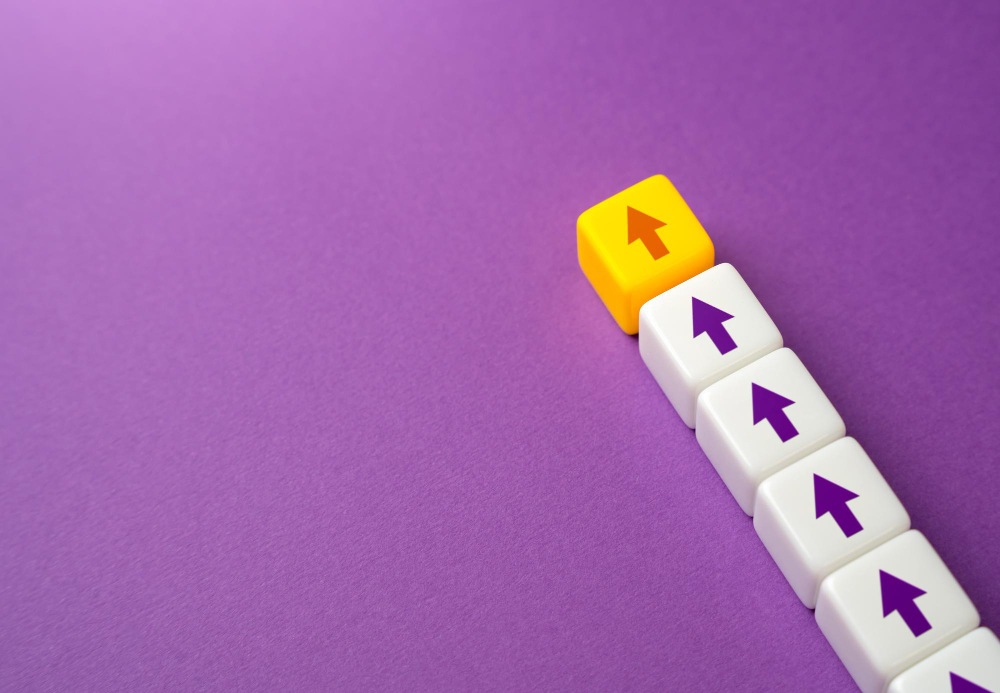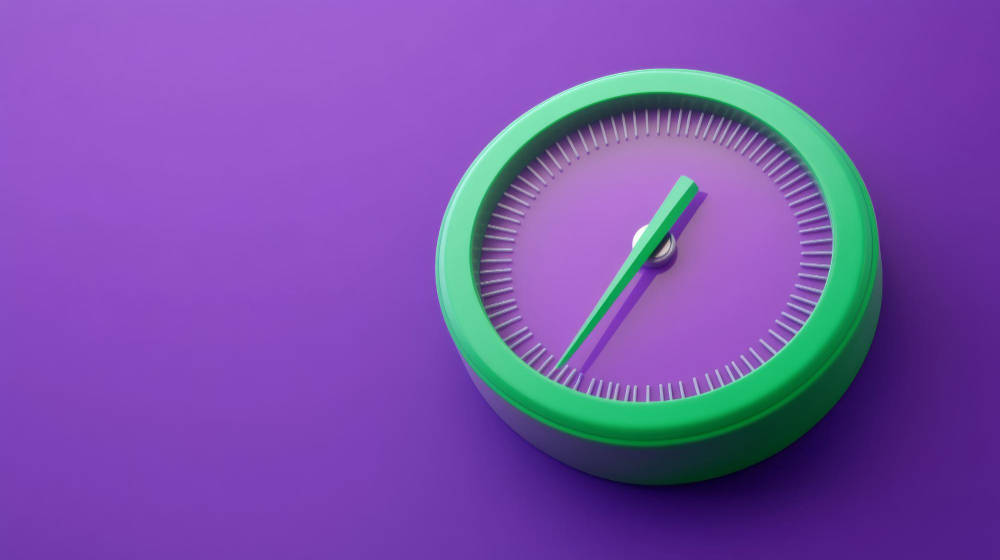Ever find yourself staring at the clock at 3 PM wondering what you actually accomplished since morning? You’re not the only one.
Figuring out how to manage my time better has become one of those universal struggles that follows us from school to career to family life.
The good news is that time management isn’t about becoming a perfectly organized robot, it’s about finding approaches that work with your natural rhythms and actual life circumstances.
Learning how to manage my time better might just be the key to creating more breathing room in your overcrowded schedule.
When we talk about how to manage my time better, we’re really discussing how to feel less rushed and more in control of our days. It’s not about packing more into each hour, but about making sure the hours we have contain what truly matters to us.
Whether you’re a student juggling assignments, a professional managing multiple projects, or someone simply trying to balance work and personal life, these approaches can help you discover your own path to how to manage my time better in a way that feels sustainable rather than restrictive.
1. The time inventory: Know where your hours really go

Before you can improve anything, you need an honest picture of your current situation.
Most of us dramatically misjudge how we spend our time, which makes this first step essential for anyone wanting to learn how to manage my time better.
Track without judgment
For one normal week, keep a simple log of how you spend your time. You don’t need anything fancy, just note what you’re doing in broad categories like work, screen time, chores, and personal activities.
The goal isn’t to criticize yourself, but to observe patterns you might not notice in the daily rush.
Many people discover they’re spending far more time on certain activities than they assumed, while neglecting others they claim are important.
This awareness alone can be transformative for understanding how to manage my time better.
You might notice that what you thought was a quick social media check actually eats up 90 minutes of your evening, or that your most productive hours are being wasted on low priority tasks.
Spot your personal time patterns
Look for when you naturally have the most energy and focus during the day. Notice what activities tend to expand to fill available time. Identify transitions between tasks where minutes often disappear.
Pay attention to how different activities affect your mood and energy levels.
These insights become your personal blueprint for how to manage my time better.
For example, if you discover you’re most creative in the late morning, you can protect that time for important thinking work rather than filling it with meetings or administrative tasks.
2. The priority filter: Separate what matters from what shouts loudest

One of the biggest challenges in learning how to manage my time better is distinguishing between what’s truly important and what merely feels urgent in the moment.
Define your true priorities
Take some quiet time to consider what matters most to you across different areas of your life. Think about what you would focus on if you had significantly less time available.
Consider what makes you feel fulfilled versus what just keeps you busy. Be honest about activities that drain your energy without moving you toward what you value.
This clarity about priorities transforms the process of how to manage my time better from a technical exercise to a meaningful practice.
When you know what truly matters to you, it becomes easier to make decisions about where to invest your limited time.
Apply the “will this matter in a year?” test
When faced with competing demands on your time, ask yourself which option will seem more important looking back a year from now.
Use this perspective to recognize when you’re overinvesting in short term urgencies at the expense of long term importance.
Remember that many things that feel pressing right now won’t actually matter in the bigger picture.
This simple question can instantly clarify how to manage my time better in moments of decision. It helps you recognize when you’re about to sacrifice something important for something that merely feels urgent in the moment.
3. The calendar as your personal assistant

Your calendar can be so much more than just a record of meetings and appointments. Used strategically, it becomes your most powerful tool for figuring out how to manage my time better.
Schedule your priorities first
At the start of each week, block time for your most important tasks before anything else gets scheduled. Treat these time blocks as seriously as you would meetings with important clients or your boss.
Include time for deep work, strategic thinking, and personal priorities, not just obvious work tasks. Leave some flexible space for the unexpected things that always come up.
This approach ensures you’re dedicating time to what matters most, which is fundamental to how to manage my time better.
If you don’t deliberately schedule your priorities, they tend to get pushed out by other people’s demands and unexpected urgencies.
Create realistic time estimates
When planning your day, add 25% more time than you think tasks will take.
This buffer accounts for interruptions, transitions, and the reality that most of us underestimate how long things actually require.
Schedule breaks between focused work sessions to maintain your energy and concentration. Include transition time between different types of activities or locations.
These realistic time estimates prevent the frustration of constantly falling behind schedule, which is crucial for how to manage my time better in actual practice.
When your plan accounts for real world conditions, you’re more likely to stay on track and less likely to feel discouraged.
4. The focus first method

In our distraction-filled world, the ability to focus has become both rare and valuable. Developing this skill is essential for anyone serious about how to manage my time better.
Protect your peak focus times
Identify your 2-3 daily hours when you’re naturally most alert and focused. Guard these precious hours against meetings, administrative tasks, and interruptions.
Use this prime time for your most demanding cognitive work rather than easy tasks. Communicate to others when you’re in focus mode to reduce interruptions.
This protection of your best thinking time might be the single most impactful change for how to manage my time better.
Your peak focus hours are like gold, don’t waste them on activities that could happen when you’re less sharp.
Practice single tasking
When working on important tasks, close unnecessary browser tabs and applications. Silence notifications on your devices to prevent interruptions.
If your mind wanders to other tasks, jot them down on a separate list and return to your current focus. Notice how much more you accomplish when giving one task your full attention versus splitting your focus.
This single tasking practice directly supports how to manage my time better by working with how our brains actually function.
While multitasking might feel efficient, it typically leads to more errors and less actual accomplishment than focused attention on one thing at a time.
5. The two minute decision point

Small decisions and tasks have a way of accumulating into mental clutter that slows you down. This simple rule can dramatically streamline your day as you learn how to manage my time better.
Immediate action for small tasks
If something will take less than two minutes, do it right away rather than adding it to your mental or physical to do list.
This applies to quick emails, filing documents, making brief phone calls, or adding events to your calendar. Use natural transitions between larger tasks as opportunities to handle several of these small items.
Be honest with yourself about what truly qualifies as a two minute task.
This practice helps maintain momentum throughout your day, which is key to how to manage my time better.
Each completed small task provides a sense of progress, while preventing minor responsibilities from accumulating into an overwhelming backlog.
The decision batch technique
Set aside specific times for making smaller decisions rather than scattering them throughout your day. Group similar decisions together to maintain mental focus.
Set a time limit for research or deliberation on minor choices. Recognize when “good enough” is sufficient rather than seeking the perfect option for every small decision.
This decision batching supports how to manage my time better by reducing the mental energy wasted on constant minor choices.
When you contain decision making to specific times, you preserve cognitive resources for more important thinking work.
6. The energy awareness approach

Time management is deeply connected to energy management. Paying attention to your physical and mental energy levels can transform your understanding of how to manage my time better.
Match tasks to your energy patterns
Schedule demanding cognitive work during your personal peak energy hours. Save routine, less demanding tasks for when your energy naturally dips.
Notice how different types of work affect your energy levels throughout the day. Include short movement breaks to maintain circulation and mental alertness during long work sessions.
This energy aware scheduling is a game changer for how to manage my time better because it works with your natural rhythms rather than against them.
You’ll accomplish more with less effort when you align tasks with your energy availability.
The renewal priority
View adequate sleep, healthy nutrition, and regular movement as non negotiable components of your time management strategy.
Notice how poor sleep or skipped meals impact your focus and productivity the next day.
Schedule breaks before you’re completely exhausted to maintain consistent performance. Remember that taking care of your physical energy makes everything else easier.
This focus on renewal completes your approach to how to manage my time better by addressing the foundation of all productivity. When you’re well rested and nourished, focus comes more naturally and work requires less struggle.
7. The flexibility framework

Rigid schedules often break under real world pressures. Building flexibility into your system is essential for sustainable time management that actually works in practice.
Plan with pencil, not pen
Create your daily and weekly plans with the understanding that adjustments will be necessary. Identify which tasks are fixed commitments versus those with some flexibility.
When interruptions occur, calmly adjust your plan rather than abandoning it entirely. Keep a “if I have extra time” list for lower priority tasks you can tackle when opportunities arise.
This flexible mindset prevents the frustration that derails many people’s efforts to figure out how to manage my time better.
When you expect and plan for adjustments, you can adapt to changes without feeling like you’ve failed.
The weekly reset ritual
Set aside 30 minutes each week to review what worked and what didn’t in your time management. Adjust your approach based on what you learned from the previous week.
Celebrate small victories and progress rather than focusing only on what didn’t get done.
Plan the upcoming week with fresh perspective rather than simply repeating what didn’t work last week.
This regular reset ensures your system for how to manage my time better evolves with your changing needs and circumstances. Without periodic reflection, time management approaches can become rigid habits that no longer serve you well.
8. The distraction defense system

In our connected world, distractions represent one of the biggest challenges to using our time effectively.
Developing strategies to manage interruptions is crucial for how to manage my time better.
Create focus-friendly environments
Arrange your physical workspace to minimize visual distractions that pull your attention. Use noise cancelling headphones or background white noise if auditory distractions are problematic.
Keep your phone in another room or use focus modes during important work sessions. Communicate your focus times to those who might interrupt you.
These environmental adjustments directly support how to manage my time better by reducing the friction of maintaining focus.
When your environment supports rather than hinders concentration, you spend less mental energy resisting distractions.
Digital discipline practices
Turn off non essential notifications on all your devices. Schedule specific times for checking email and messages rather than responding to each alert.
Use website blockers during focus sessions if digital temptations are strong. Practice single tab browsing by closing unnecessary browser tabs that compete for attention.
These digital boundaries are essential for how to manage my time better in our hyperconnected world.
By taking control of your technology use, you reclaim significant portions of your day that would otherwise disappear into digital distractions.
9. The progress principle

Motivation plays a huge role in consistent time management. Noticing and celebrating progress creates positive momentum that makes it easier to maintain good habits.
Track small wins
Keep a simple record of tasks completed and progress made, not just what remains undone. Acknowledge when you’ve used your time well, even if you didn’t complete everything you planned.
Notice patterns in what conditions help you be most productive. Review your accomplishments regularly to maintain motivation.
This focus on progress transforms how to manage my time better from a constant struggle to an encouraging journey.
When you recognize and celebrate small victories, you build positive associations with productive behaviors.
The done list alternative
At the end of each day, quickly list what you accomplished rather than focusing only on what’s left undone.
Include completed tasks you hadn’t originally planned, like helping a colleague or handling an unexpected situation well.
Acknowledge progress on larger projects, not just completed items. Use this list to recognize patterns in your productivity.
This practice provides encouraging feedback about how to manage my time better by highlighting what you’re already doing well.
The done list often reveals that you’re accomplishing more than you realize in the daily rush.
Learning how to manage my time better is less about finding the perfect system and more about developing a set of practices that work for your unique life and responsibilities.
These nine approaches offer different angles on the same challenge, giving you multiple ways to create more control and satisfaction in how you spend your days.
Remember that the goal isn’t to become perfectly efficient, but to create enough structure that you have freedom for what matters most.
Start with just one or two of these approaches that address your biggest time challenges. Use tools like the Focary timer to practice focused work sessions in manageable intervals.
Be patient with yourself as you experiment with what works for you, knowing that lasting change usually happens through small, consistent adjustments rather than dramatic overhauls.
The journey of discovering how to manage my time better will have its ups and downs, but each small improvement creates more space for both accomplishment and enjoyment in your life.
With practice, these approaches can help you transform your relationship with time from one of constant struggle to one of intentional choice and satisfaction.
Ready to stop being distracted and start achieving your goals?
Start your first Web Pomodoro session with Focary App today and reclaim your focus.
Start Focusing Now